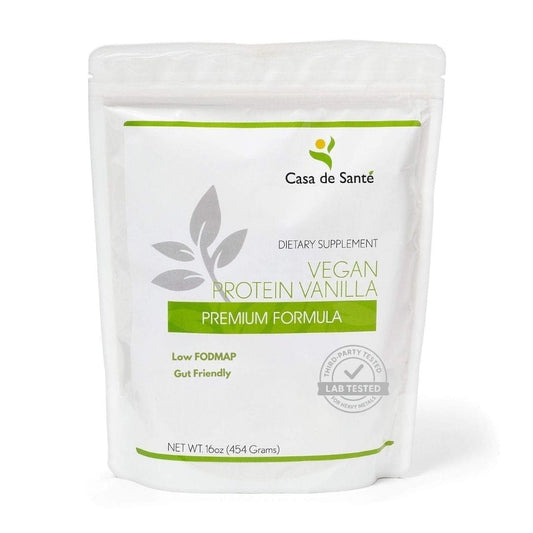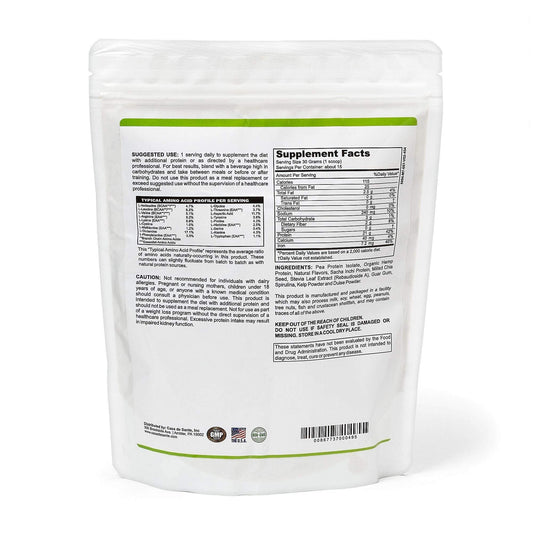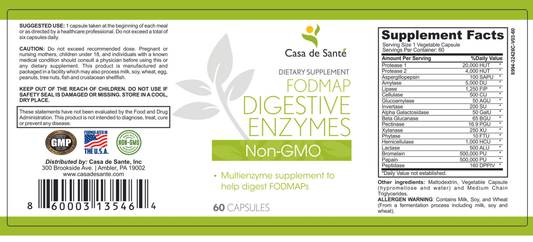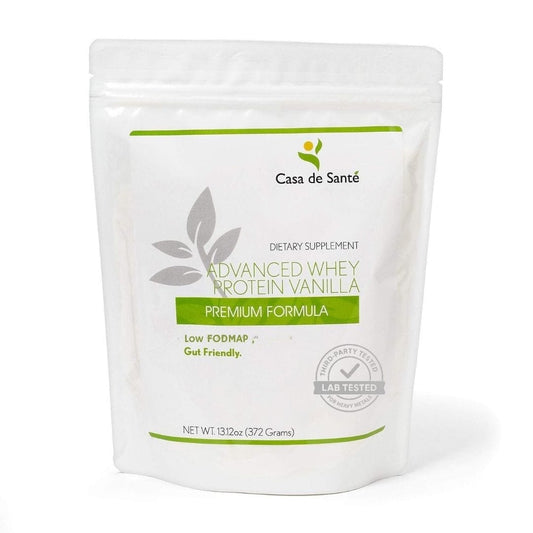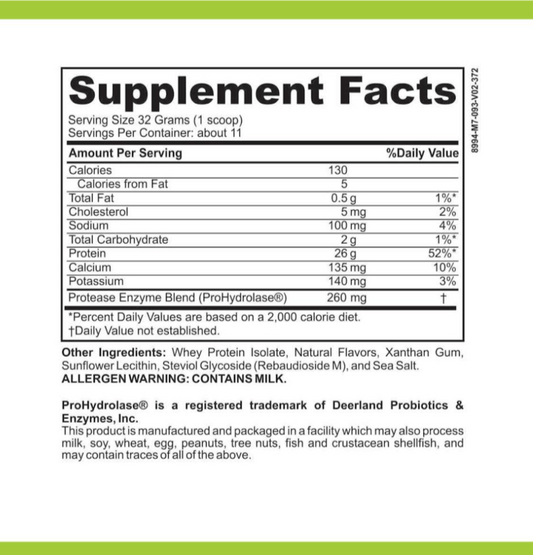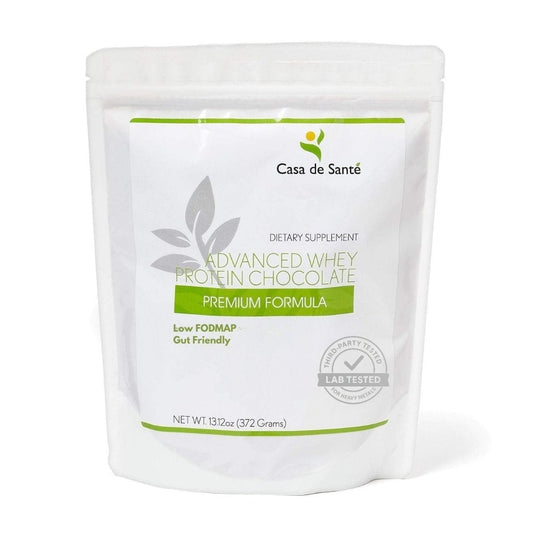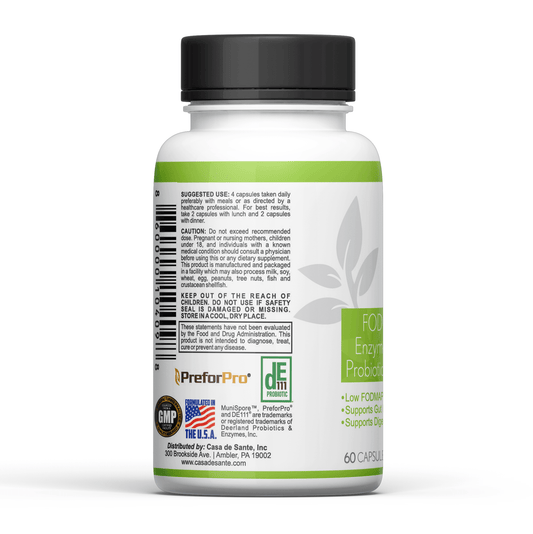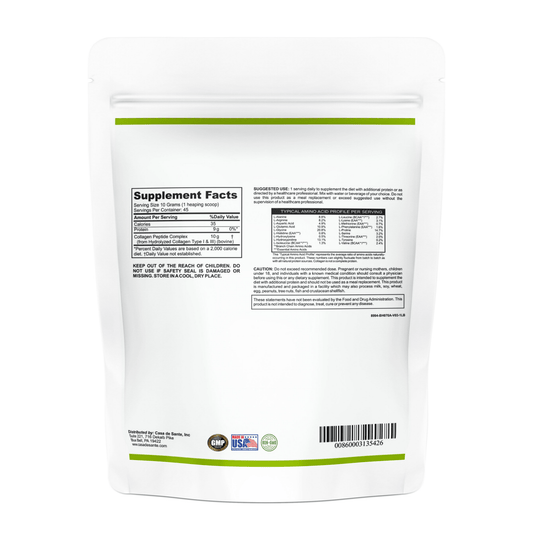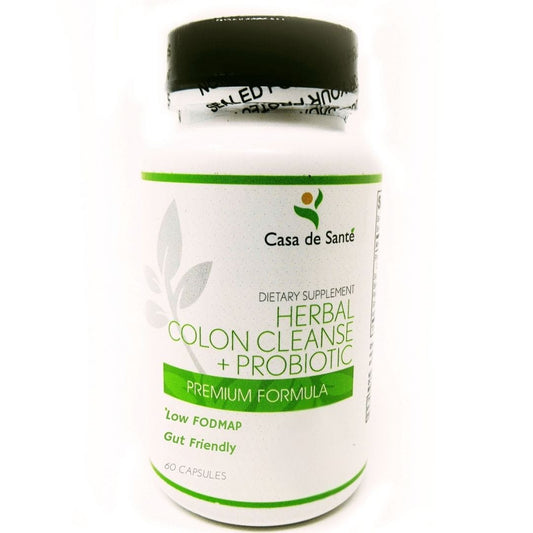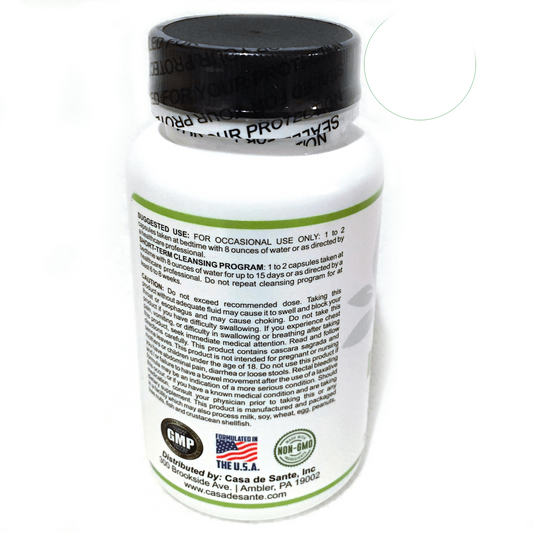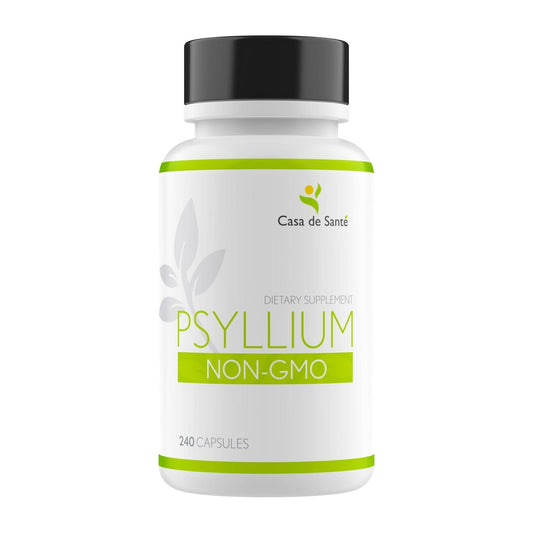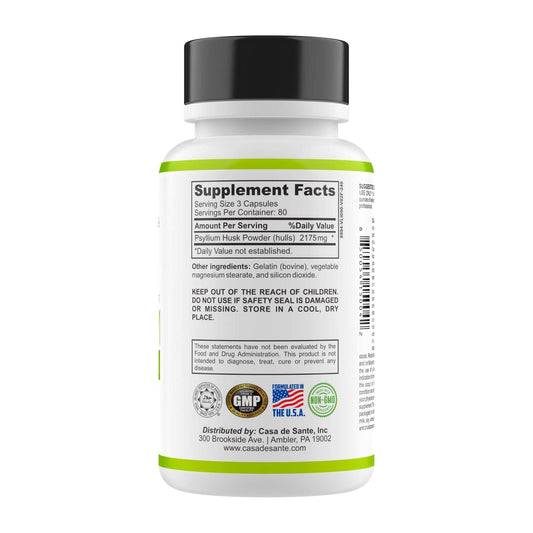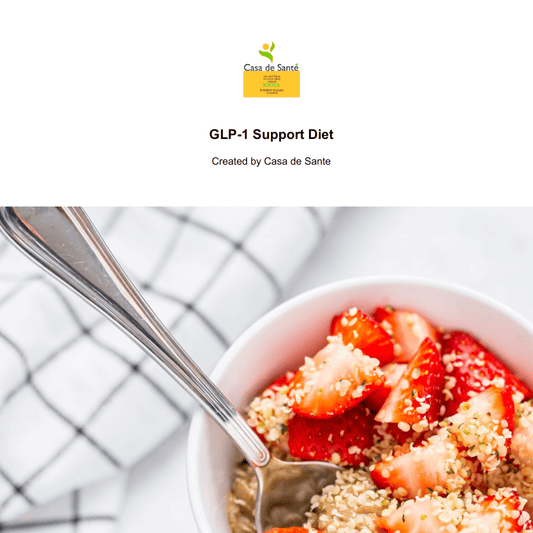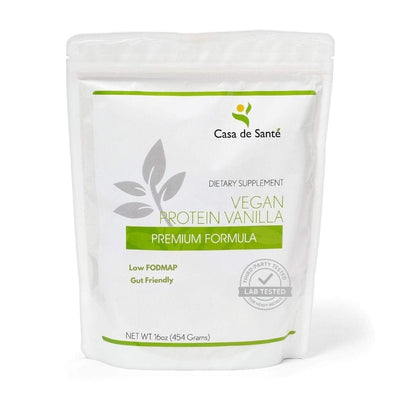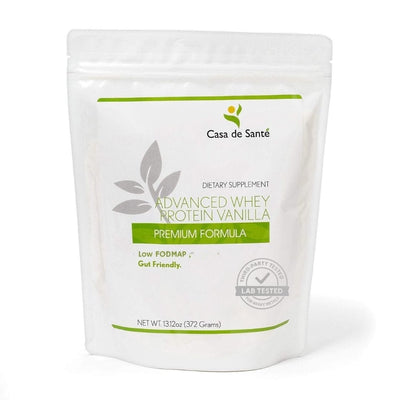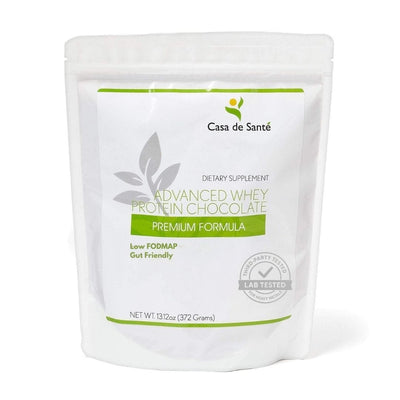Arrowroot Flour Vs Millet Flour
Arrowroot Flour Vs Millet Flour
Understanding the Basics: What is Arrowroot Flour?
Arrowroot flour, commonly known as arrowroot starch, is a fine, white powder that is derived from the rhizomes of the arrowroot plant. It is a versatile gluten-free alternative to traditional wheat flour and is often used as a thickening agent in cooking and baking.
Arrowroot flour has a unique ability to create a smooth texture, making it ideal for sauces, gravies, puddings, and pie fillings. It is also appreciated for its neutral flavor and ability to blend seamlessly into various recipes without altering the taste.
Understanding the Basics: What is Millet Flour?
Millet flour is a type of gluten-free flour made from millet grains, a group of small-seeded grasses. It has a light yellow color and a slightly sweet, nutty flavor. Millet flour is commonly used in many traditional Asian and African cuisines, where it is valued for its nutritional benefits and versatility.
This flour is known for its ability to create a light and fluffy texture in baked goods. It works well in recipes for bread, pancakes, cookies, and muffins. Millet flour can also be used as a thickener in soups and stews or as a binder in veggie burger patties.
Nutritional Comparison: Arrowroot Flour
When it comes to nutrition, arrowroot flour offers some notable benefits. It is low in calories and fat, making it a suitable option for those aiming to maintain a healthy weight. Arrowroot flour is also free of gluten, a protein commonly found in wheat, barley, and rye, making it a safe alternative for individuals with gluten sensitivities or celiac disease.
Additionally, arrowroot flour contains some essential minerals, including potassium, iron, and phosphorus. It also contains small amounts of B vitamins, such as thiamin and riboflavin, which support energy production and overall well-being.
Nutritional Comparison: Millet Flour
Millet flour also offers several nutritional advantages. Like arrowroot flour, it is gluten-free, making it a suitable option for those who need to avoid gluten in their diet. Millet flour is a good source of dietary fiber, which promotes healthy digestion and helps maintain a feeling of fullness.
Millet flour is rich in essential nutrients like magnesium, phosphorus, and manganese. These minerals are important for maintaining strong bones, proper nerve function, and energy production in the body. Millet flour is also high in antioxidants, which help protect cells against damage from harmful free radicals.
Health Benefits of Arrowroot Flour
Aside from its nutritional value, arrowroot flour provides various health benefits. Due to its high fiber content, it promotes good digestive health by preventing constipation and supporting a healthy gut microbiome. Arrowroot flour is also known for its soothing effects on the digestive system, making it particularly beneficial for those with sensitive stomachs or suffering from digestive issues.
Furthermore, arrowroot flour may help regulate blood sugar levels due to its low glycemic index. This means it is digested and absorbed more slowly, preventing spikes in blood sugar. This makes it a suitable option for individuals with diabetes or those aiming to manage their blood sugar levels.
Health Benefits of Millet Flour
Millet flour offers its own set of health benefits. The high fiber content in millet flour supports regular bowel movements and helps prevent digestive disorders such as constipation and diverticulosis. The fiber also aids in weight management by promoting a feeling of fullness and reducing overeating.
Millet flour contains a unique combination of nutrients, including phenolic compounds, lignans, and phytic acid, which possess antioxidant properties. These antioxidants help protect against chronic diseases such as cardiovascular disease, cancer, and diabetes by neutralizing harmful free radicals in the body.
Gluten-Free Options: Arrowroot Flour
Arrowroot flour shines as a gluten-free alternative in cooking and baking. Its smooth texture and ability to thicken without clumping make it an ideal substitute for wheat flour in sauces, soups, and stews. Additionally, arrowroot flour can be used to make gluten-free versions of bread, cakes, cookies, and other baked goods.
When using arrowroot flour as a replacement for wheat flour, it is important to note that it may not provide the same structure and rise in baked goods. Therefore, it is often combined with other gluten-free flours or starches, such as rice flour or tapioca starch, to achieve the desired results.
Gluten-Free Options: Millet Flour
Like arrowroot flour, millet flour is an excellent gluten-free option for those with sensitivities or allergies to gluten. It can be used as a one-to-one replacement for wheat flour in recipes, particularly in gluten-free baked goods.
When baking with millet flour, it is recommended to combine it with other gluten-free flours, such as rice flour or almond flour, to enhance the texture and rise of the final product. The unique nutty flavor of millet flour adds a pleasant taste to baked goods, making them even more enjoyable.
Cooking and Baking with Arrowroot Flour
Arrowroot flour's neutral taste and ability to thicken without lumps make it a versatile ingredient in cooking and baking. When using arrowroot flour as a thickener, it is best to create a slurry by mixing it with a cold liquid before adding it to the hot mixture. This prevents clumping and ensures a smooth consistency.
In baking, arrowroot flour can be used in combination with other gluten-free flours to create a light and fluffy texture. It is commonly used in recipes for cakes, muffins, and cookies. Arrowroot flour can be substituted for wheat flour in a 1:1 ratio, but some adjustments to the recipe, such as adding additional binders or leavening agents, may be necessary for optimal results.
Cooking and Baking with Millet Flour
Millet flour's mild and slightly sweet flavor makes it a great addition to both sweet and savory recipes. When using millet flour in baking, it is often combined with other gluten-free flours, such as tapioca flour or sorghum flour, to achieve the desired texture and rise.
Millet flour can be used in a variety of recipes such as bread, pancakes, cookies, and even as a coating for fried foods. It adds a distinct nutty flavor to the final product, enhancing the overall taste. It is important to note that millet flour can have a slightly gritty texture, so it may not work as well in recipes that require a smooth consistency.
Texture and Taste: Arrowroot Flour in Recipes
Arrowroot flour has a smooth texture and a neutral taste, making it highly versatile in recipes. It creates a light and airy texture in baked goods, resulting in tender cakes and cookies. Its ability to thicken without imparting a starchy flavor makes it an excellent choice for sauces, gravies, and custards.
When used as a thickener, arrowroot flour produces a clear and glossy finish, making it perfect for fruit pies or clear syrups. Its neutral taste allows other flavors to shine through, making it an excellent choice in recipes where the focus is on the other ingredients.
Texture and Taste: Millet Flour in Recipes
Millet flour adds a unique texture and taste to recipes. It creates a slightly denser and crumblier texture compared to traditional wheat flour, which can be desirable in certain baked goods, such as cookies and muffins. The nutty flavor of millet flour adds a pleasant taste to these baked goods.
In savory recipes, millet flour can be used as a binder or coating for foods like veggie burger patties or breaded chicken. It lends a subtle nuttiness and a delicate crunch to these dishes. However, it is important to note that millet flour can have a slightly gritty texture, which may not be suitable for all recipes.
Uses of Arrowroot Flour in Different Cuisines
Arrowroot flour has a long history of culinary use in various cuisines. In Asian cooking, it is commonly used to thicken sauces for stir-fries and noodle dishes. It is also a key ingredient in traditional Chinese mooncakes, lending a delicate and smooth texture to the pastry.
In Caribbean and Latin American cuisines, arrowroot flour is used to thicken soups, stews, and desserts like puddings and flans. It is also a popular choice for making traditional biscuits and cookies in these regions.
Uses of Millet Flour in Different Cuisines
Millet flour is widely used in many cuisines around the world. In African cuisine, it is a staple ingredient in dishes like porridges, flatbreads, and couscous. In Indian cuisine, millet flour is used to make traditional breads like roti and dosa.
In European cuisines, millet flour is often utilized in gluten-free baking. It can be found in recipes for cakes, biscuits, and bread. In addition, millet flour is gaining popularity as an alternative ingredient in gluten-free pasta and pizza dough.
Allergies and Sensitivities: Arrowroot vs Millet Flours
Both arrowroot and millet flours are gluten-free, making them suitable options for individuals with celiac disease or gluten sensitivities. However, it is important to note that some people may be allergic or sensitive to specific flours, including arrowroot and millet.
If you have a known allergy or sensitivity to arrowroot or millet, it is crucial to avoid consuming products containing these flours and consult with a healthcare professional for alternative options.
Substituting Arrowroot for Millet Flour in Recipes
While arrowroot and millet flours have different textures and flavors, they can be substituted for each other in recipes with some adjustments. When substituting arrowroot flour for millet flour in baking, it is best to use it in combination with other gluten-free flours to achieve the desired texture and flavor.
It is important to note that arrowroot flour tends to create a lighter and softer texture, so the resulting baked goods may be slightly different when using it as a substitute for millet flour. Additionally, due to its strong thickening properties, arrowroot flour should be used sparingly when replacing millet flour as it may affect the overall consistency of the dish.
Substituting Millet for Arrowroot Flour in Recipes
When substituting millet flour for arrowroot flour, keep in mind that millet flour has a slightly denser texture and a nutty taste. Therefore, it is best used in recipes that can accommodate this flavor profile.
In baking, millet flour can be used as a substitute for arrowroot flour in certain recipes such as bread or muffins. However, it is important to consider the potential gritty texture of millet flour and adjust the recipe accordingly to ensure desired results.
Price Comparison: Arrowroot vs Millet Flours
The price of arrowroot and millet flours may vary depending on the brand, location, and quantity purchased. Generally, both flours are relatively affordable and fall within a similar price range.
Keep in mind that the price of these flours may also be influenced by factors such as availability and demand. It is advisable to compare prices at different stores or online retailers to ensure the best value for your money.
Environmental Impact: Arrowroot vs Millet Flours
From an environmental perspective, both arrowroot and millet flours have certain advantages. Arrowroot plants are known for their fast growth and ability to flourish in tropical regions, requiring minimal pesticide use. They also have the potential to improve soil quality and prevent erosion due to their dense root systems.
Millet grains, used to produce millet flour, are considered a hardy crop that is tolerant to drought and can grow well in arid regions. This makes millet a sustainable option in areas where water resources are limited. Additionally, millet farming practices often involve minimal use of chemical fertilizers and pesticides, making it an environmentally friendly choice.
Overall, both arrowroot and millet flours offer unique characteristics and benefits. Whether you are looking for a gluten-free alternative, a versatile thickening agent, or a flour with distinct flavors, both arrowroot and millet flours have their place in the world of culinary delights.

